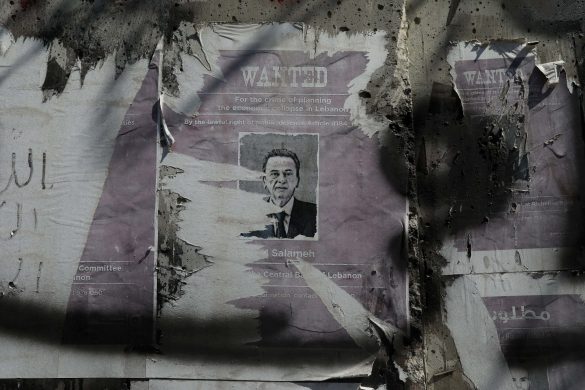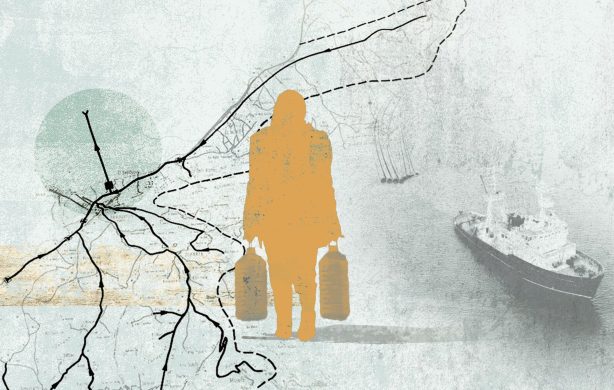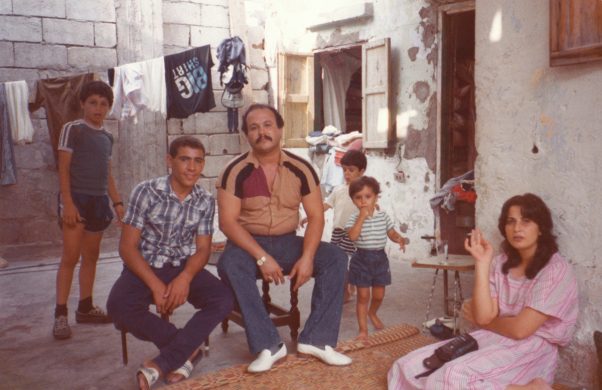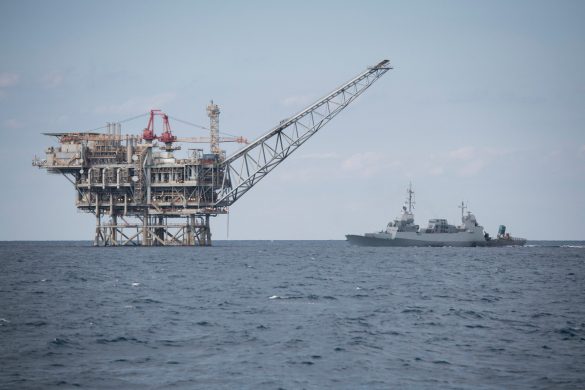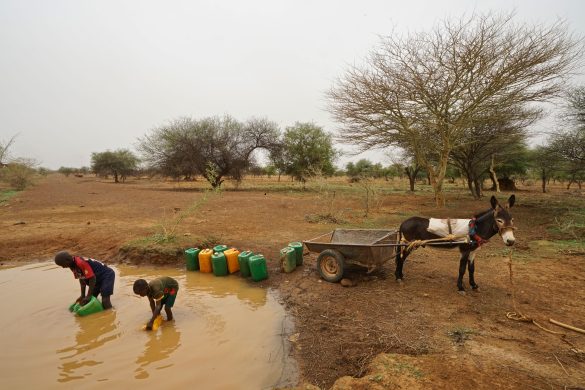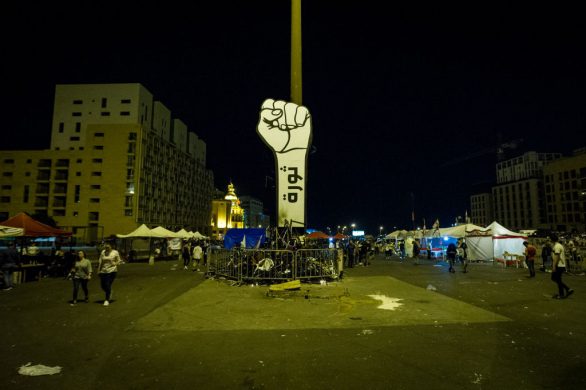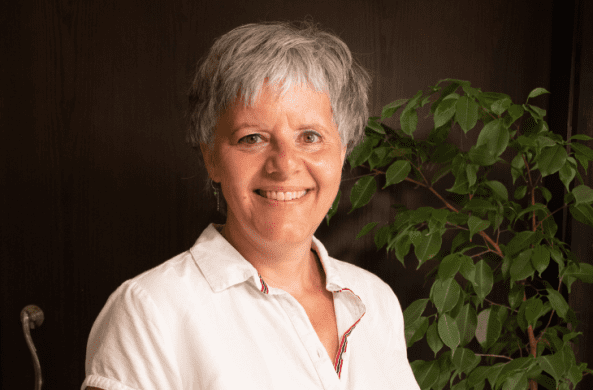Det fremgår af en analyse af Carnegie Endowment for Peace:
Since the upheavals that began in 2011, states in the Middle East with pluralistic, heterogeneous societies have collapsed, driving a renewed interest in sectarian power-sharing systems as possible models for these countries’ rehabilitation.
Lebanon has just such a system in which religious communities share power. Although it is flawed and unraveling in many ways, it has helped keep the country at peace and provides valuable lessons for the region.
An Unraveling System
– The Lebanese political system is based on a sectarian division of constitutional powers and administrative positions, guaranteeing the representation of certain groups while also contributing to decisionmaking paralysis.
– The flaws of the sect-based governance system in part led Lebanon into civil war. The 1989 Taif Agreement, which put an end to the war, reshuffled the system. Syria was made the postwar power broker and given guardianship over Lebanon.
– After Taif, a divisive tension arose between Lebanon’s two main Muslim communities, the Sunnis and Shia. Syria managed the divisions while also exacerbating them.
– Sunni-Shia frictions sharpened after the assassination of Lebanon’s prime minister and Syria’s 2005 withdrawal from the country. They further intensified with the 2011 outbreak of the Syrian civil war.
– Today, the Lebanese state is deadlocked. Lebanon has no president, and parliament has been paralyzed since 2013.
– Many Lebanese seem to believe their system is the least bad option compared with neighbors, but the state’s dysfunction raises doubts about implementing the Lebanese model elsewhere.
Implications for Lebanon and the Region
– For a Lebanon-inspired system to work in other states in the region, significant societal adjustments would be required.
-Time and historical experience have largely rendered sectarianism commonplace in Lebanon, and it is now deeply entrenched in the collective ethos and national behavior. Other Arab countries lack this characteristic. Models of centralized states that rely on a unifying definition of national identity for state building are the rule across the region, and the idea of pan-Arabism has traditionally been more attractive than that of states constructed around subnational identities.
– There are typically no winners and no vanquished emerging from crises in Lebanon. This has helped Lebanon’s sect-based system survive since the 1940s. This type of culture is missing in many Arab states.
– Lebanon’s system held together in the past in large part thanks to an external regulator, Syria. The chaotic state of Lebanon’s system today is to a considerable degree due to the absence of that external force. It is difficult to imagine an outside power could help guarantee peace in other Arab states.
Man kan hente hele briefingen i linket nedenfor.



